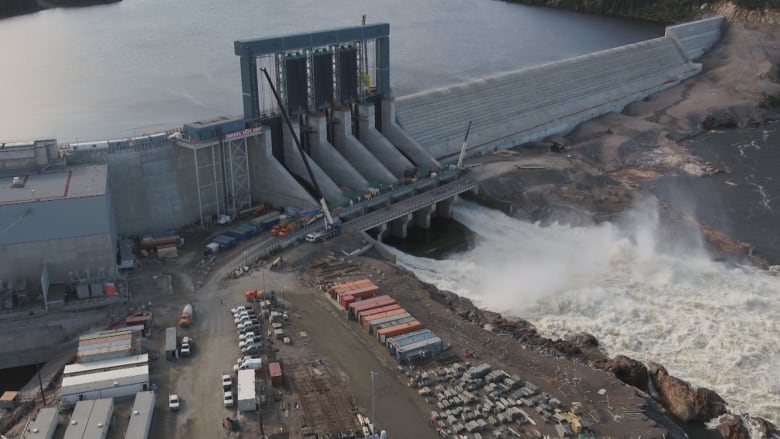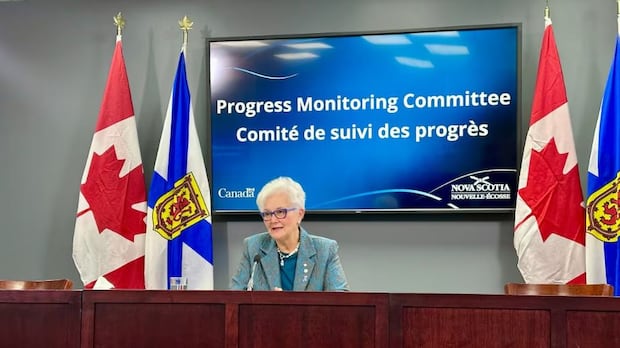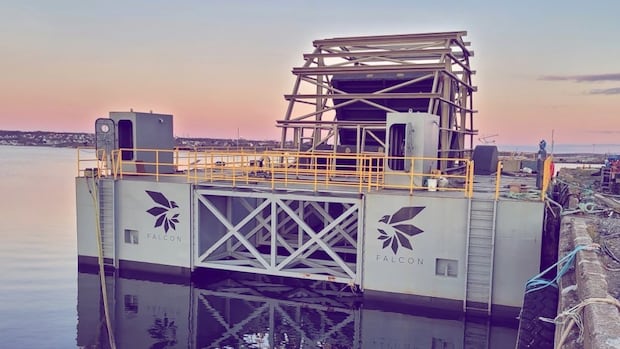Nova Scotia Power secures $500M federal loan to minimize rate hike
Nova Scotia Power has secured the full $500-million loan from Ottawa that was on the table to bail the utility out of a precarious financial situation and prevent a massive rate hike for its customers.
Nova Scotia Power’s parent company, the publicly traded energy firm Emera Inc., announced the deal in a news release late Tuesday, and the utility applied for regulatory approval Wednesday morning.
In its application to the Nova Scotia Utility and Review Board, Nova Scotia Power said as of this month, it’s shouldering $359 million in unrecovered fuel costs and it expects that figure to grow to $412 million by the end of the year.
The federal loan would more than cover the current balance; money leftover would be applied to future power and fuel costs.
Without the federal bailout, the company told the board its customers would see an average rate increase of 19.2 per cent.
With the bailout, next year’s average increase would be 2.4 per cent, the utility said.
Nova Scotia Power will have 28 years to pay back the federal loan, with annual interest expected to be somewhere between four and five per cent.
The utility first asked Ottawa for a bailout more than a year ago, and federal Natural Resources Minister Jonathan Wilkinson came to Halifax last week to say he was at the negotiating table with the utility and the provincial government.
More rate hikes to come
The main reason Nova Scotia Power has been accumulating unrecovered fuel costs is the delay in receiving power from the Muskrat Falls hydroelectric plant in Labrador. The connection between Nova Scotia and Muskrat Falls is now fully online, but while it was waiting, Nova Scotia Power had to buy other, more expensive fuels.
Nova Scotia Power did not immediately download the cost of the higher-priced power to customers, hence why the balance is referred to as unrecovered fuel costs.
The provincial government took on $117 million of the costs last year, which ratepayers will pay back over 10 years, with interest.

Power rates will still continue to go up as a result of the Muskrat Falls delays, despite the help from the provincial and federal governments. Increases will be in small increments stretched out over a longer period of time, rather than coming as one big spike.
Paying back the provincial loan resulted in an average rate increase of about one per cent this year.
When the provincial loan went before the UARB, the quasi-judicial body said the arrangement was not ideal in that it risks deferring the repayments to future generations of customers.
However, the board approved the deal.

In its application for approval of the federal loan, Nova Scotia Power said the deal should resolve the board’s concerns and provide “customers with just and reasonable rates.”
The utility said it expects to apply for another rate increase related to the loans next year, to be applied in 2026.
Help for NSP’s credit rating
In its news release, Emera said the bailout stands to help Nova Scotia Power stabilize its credit rating, which was downgraded in 2022 and was at risk of another downgrade last year before the province stepped in with its $117-million loan.
It would have been downgraded to “non-investment grade” or junk bond status. The company has said such a downgrade would “significantly magnify” its ability to access capital.
Meanwhile, the power utility continues to struggle to provide reliable service and is on an uphill climb to meet legislated renewable energy targets that are meant to help curb greenhouse gas-induced climate change.




